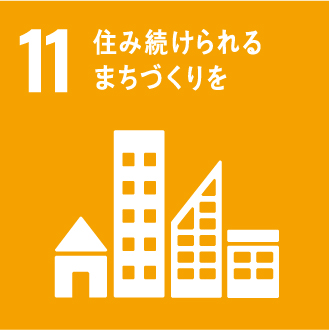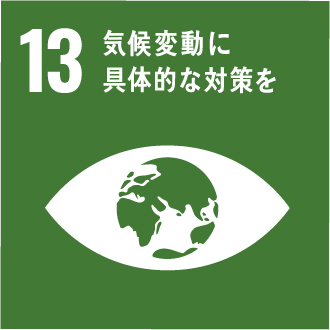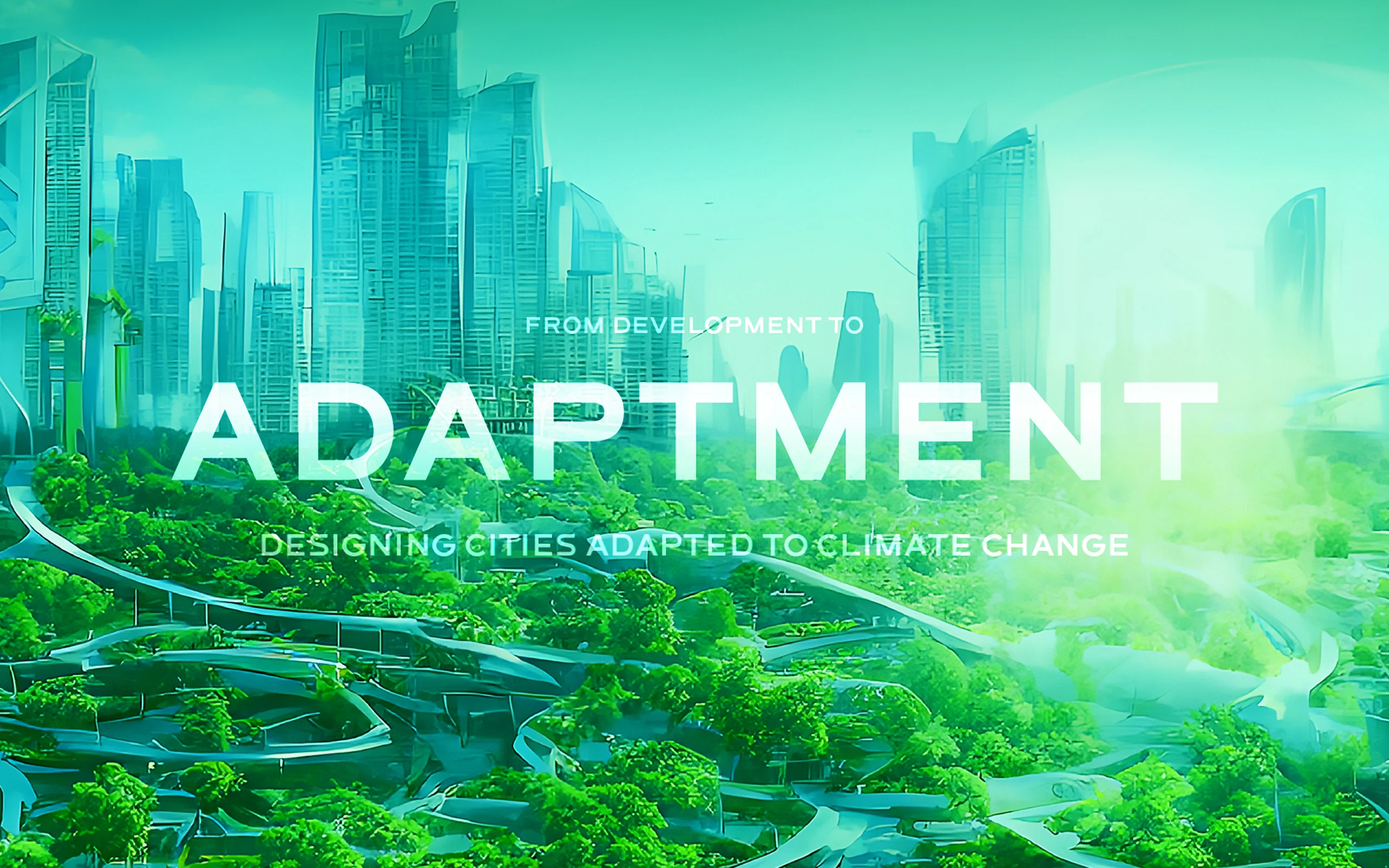
PROJECT
ADAPTMENT
Urban design strategies inspired by nature’s evolutionary process. With expert and government collaboration, transforming education and urban development across Asia to adapt to climate change.
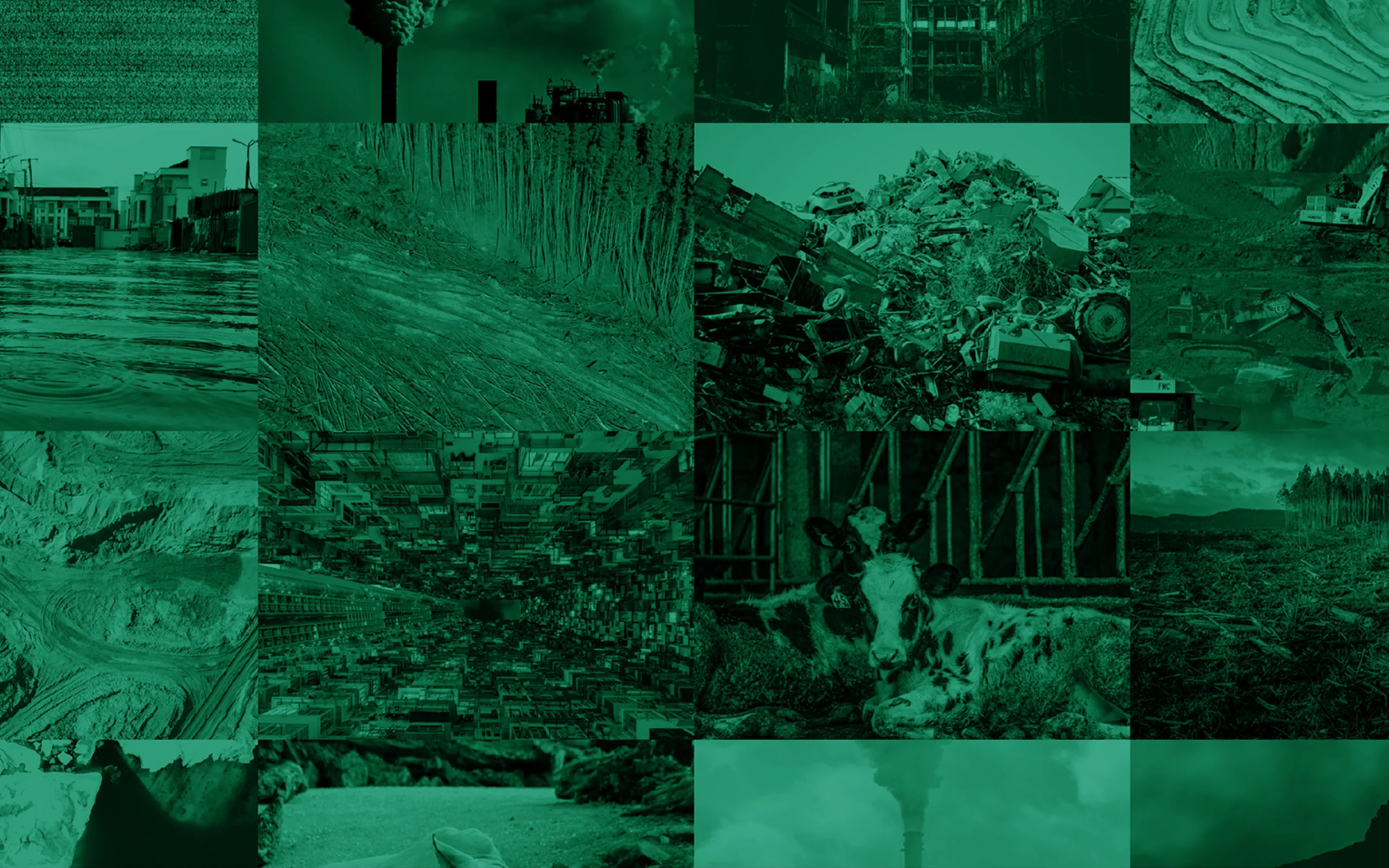
WHY
Can cities adapt to climate change?
It is predicted that the average global temperature will rise approximately 1.5 to 4 degrees Celcius by 2100. In addition, global warming is progressing at an unprecedented rate, leading to frequent natural disasters caused by rapid climate change worldwide.
Projected Temperature Increase (℃)
A report from the World Economic Forum Annual Meeting 2023 in Davos identified the number one long-term risk to the global economy as the failure to mitigate and adapt to climate change. This highlights that “mitigation” and “adaptation” are globally recognized as the two major strategies to combat climate change. Increasing attention is being given to the strategy of “adaptation” because it poses more complex challenges than mitigation.
“Mitigation” of climate change involves straightforward measures such as reducing greenhouse gas emissions and absorbing CO2 through forests. In contrast, adaptation strategies are multifaceted, addressing intertwined issues such as disaster prevention, resource management, agriculture, poverty, food security, and safety. Due to this complexity, adaptation measures have not progressed as much as mitigation measures, and a clear vision has yet to be established.
People being displaced by natural disasters: Displacement scale
Top 10 Risks: “Please estimate the likely impact (severity) of the following risks over a 2-year and 10-year period.”
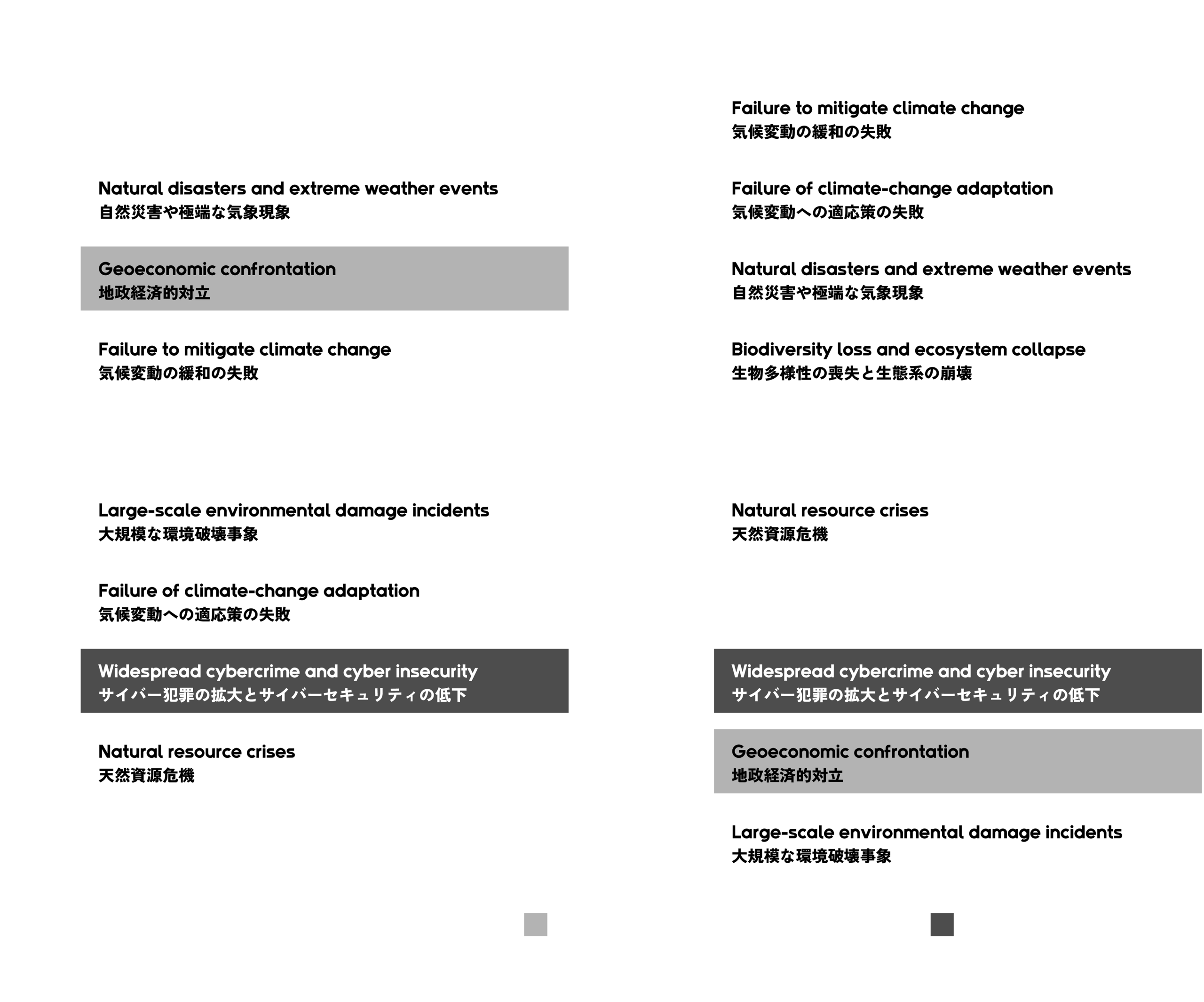
However, adapting to climate change is a crucial mission for humanity. The super typhoon in the Philippines in 2013 caused over 6,000 deaths, and the floods in Pakistan in 2022 submerged one-third of the country and affected over 33 million people. Such climate disasters underline the importance of adaptation.
Urban areas, where many people are concentrated, are not only at high risk for natural disasters but also present challenges for adaptation due to the nature of urban development itself. With urbanization expected to result in approximately 70% of the global population living in urban areas by 2050, designing resilient cities that can withstand climate change has become a significant mission for humanity.
HOW
Learning Climate Change Adaptation Design
from the Adaptive Evolution of Living Organisms.
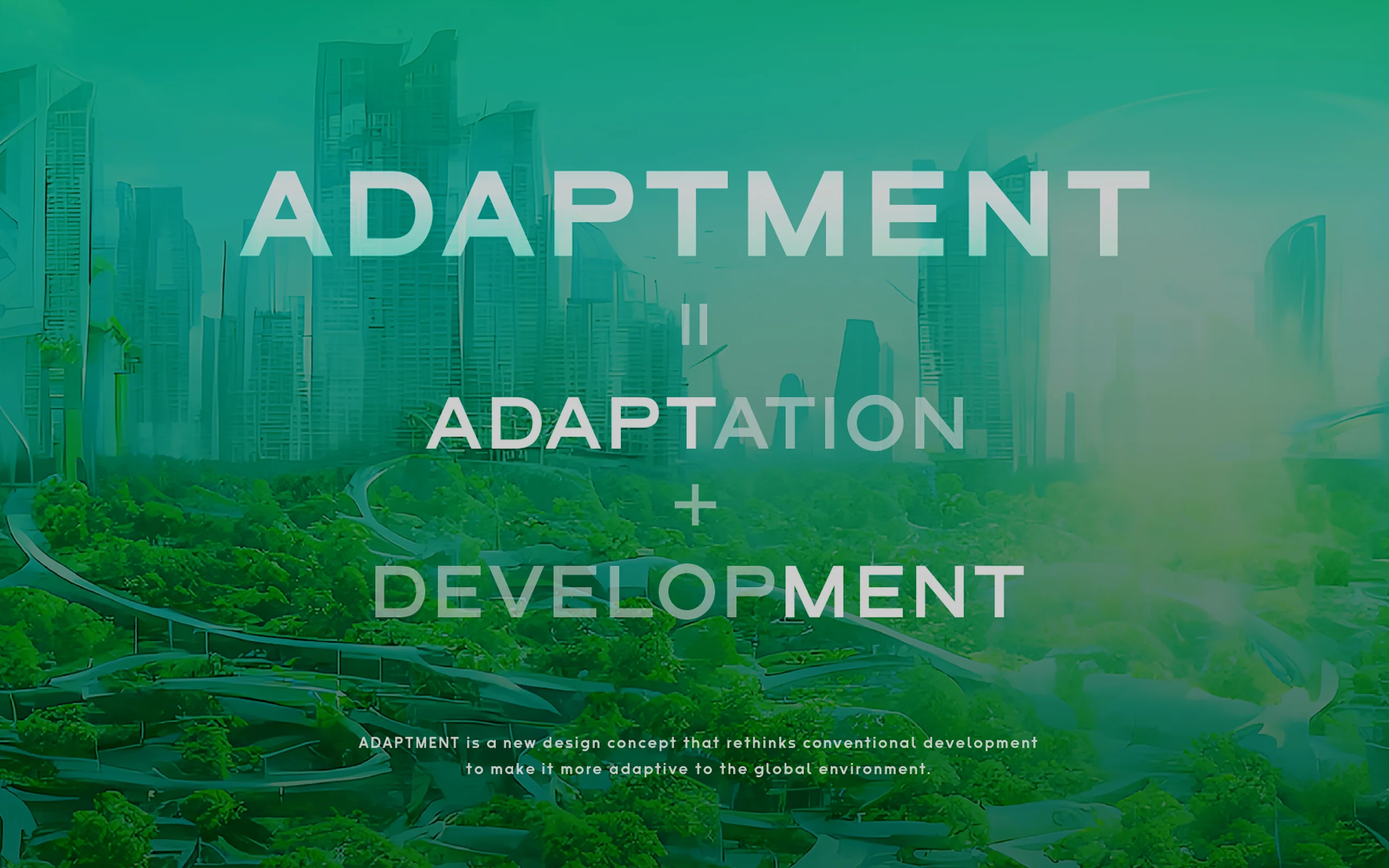
Eisuke Tachikawa, the representative of NOSIGNER, has been exploring new approaches to creativity education through the thinking method “Evolutional Creativity,” which unravels the mechanisms of creativity based on the structure of biological evolution. Simultaneously, he has been involved in design projects focused on urban resilience, including the world’s largest disaster prevention plan, “Tokyo Bousai (Disaster Preparedness Tokyo).
Building on this background, in 2022, we organized a roundtable on climate change adaptation measures with the support of Japan’s Ministry of the Environment. We comprehensively discussed adaptation measures with experts in various fields, such as environmental science, animal ecology, sustainable development, disaster prevention, and ODA. Through this meeting, Tachikawa compiled a design strategy for climate change adaptation and proposed the “ADAPTMENT” philosophy, which structures adaptation measures and aims to realize resilient urban development.
ADAPTMENT conceptualizes a city as a living organism and learns urban development strategies for climate change adaptation from the adaptive evolution of living organisms. It structures the urban development process on three scales: master planning as adaptation to watershed ecosystems, hardware as adaptive evolution of bodies, and software as adaptive evolution of behaviors.
ADAPTMENT is a coined term combining “ADAPTATION,” “DEVELOPMENT,” and “MANAGEMENT.” In current urban development in emerging countries, conventional urban development that prioritizes material and economic wealth is often sought over climate change adaptation measures. Therefore, we aim to reposition adaptation measures as a better approach to urban development, based on the philosophy of ADAPTMENT.
In ADAPTMENT, urban development is rethought through master plans based on watershed units, which are also units of ecosystems and disaster prevention. A watershed is a terrain unit divided by watersheds where water flows when it rains. It is also a unit of the water cycle, from land to rivers to the sea, and a habitat unit for organisms in the ecosystem. Despite natural disasters, such as floods, droughts, and landslides, and environmental damages, such as coastal erosion, tree dieback, and biodiversity loss, occurring at the watershed level, this unit is often ignored in current urban development. In this project, we established a method to output watershed maps anywhere in the world using GIS 3D data, which can be applied to master plans in various cities.

CLIENT VOICE
Human beings are, at their core, creatures who keep building cities. Our adaptation to the future of the biosphere—facing the deepening crises of global warming and biodiversity loss—will not come by rejecting cities. Rather, it will come through creating, developing, and continually managing cities that themselves adapt to these crises.
That is why adaptation should not remain bound by the old notion of Adaptation alone. What we truly need is Adaptament—a concept that fuses Adaptation, Development, and Management.
The key to putting this kind of forward-looking adaptation into practice—an adaptation that reaches from our immediate realities outward to the planet and the entire biosphere—begins right at our feet, in the everyday watersheds where we live. The focus of Adaptament lies in a new way of thinking for the Anthropocene: a watershed mindset.
Representative of the Tsurumi River Basin Networking(TR Net)/
Professor Emeritus at Keio University
Kishi Yuji

There are various climate change adaptation measures adopted in cities. All resilience-related measures can be considered adaptation measures. Therefore, we needed to structure resilience. In ADAPTMENT, we correspond urban “hardware (architecture and civil engineering, etc.)” to the “evolution of organisms’ bodies” and urban “software (citizen behavior and communities, etc.)” to the “evolution of organisms’ behaviors,” structuring climate change adaptation in a way that anyone can understand, using the analogy of biological adaptive evolution.
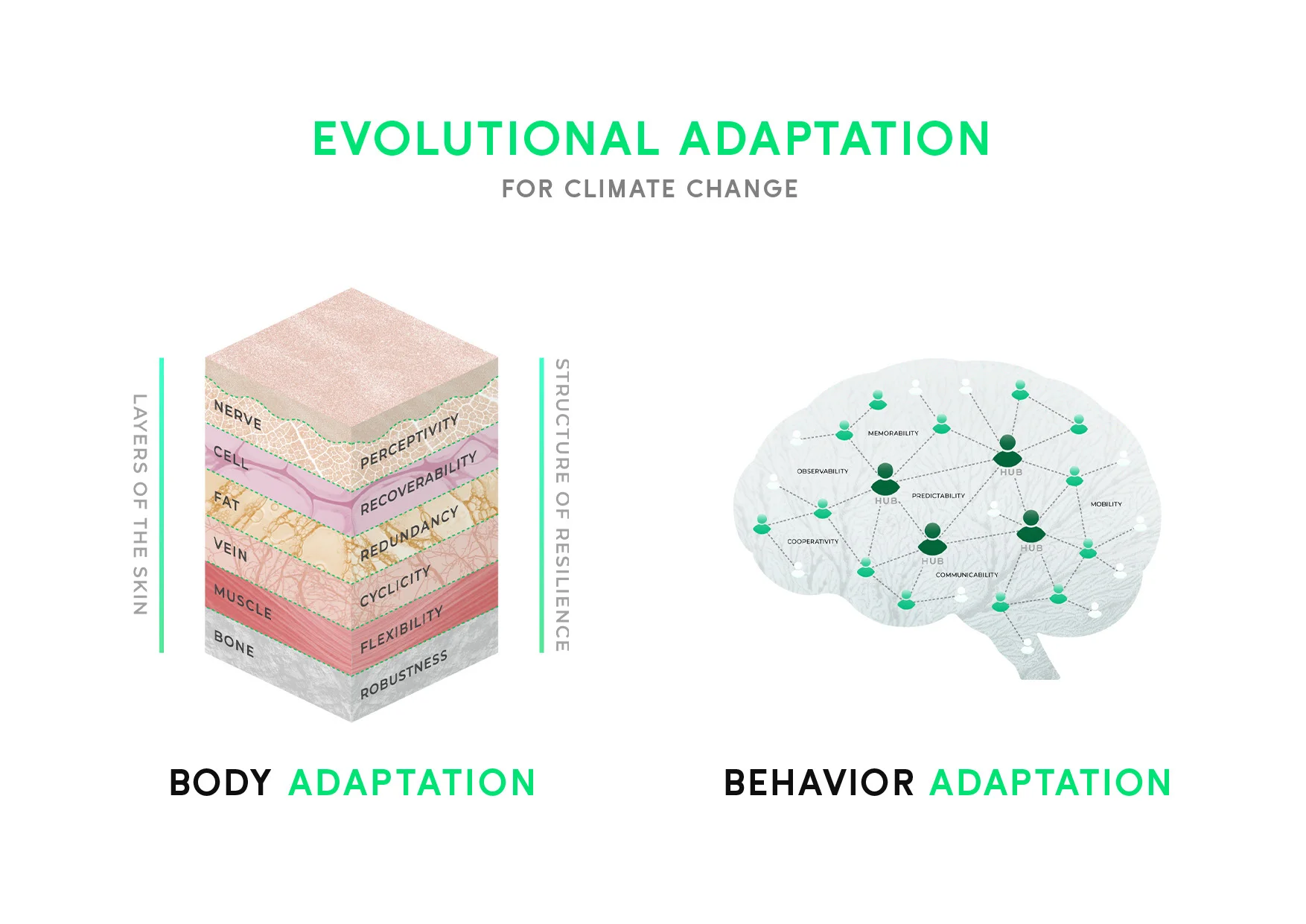
For adaptive design of urban hardware, such as architecture and civil engineering that protect cities and lives, we referenced the body structures acquired by organisms as a result of adaptation and extracted six properties. We propose development that is not only robust but also soft and flexible with recovery capabilities, drawing on the body’s structures of “perceptibility⇔nerves,” “recoverability⇔cells,” “redundancy⇔fat,” “elasticity⇔muscles,” “circulatory function⇔blood vessels,” and “robustness⇔bones.” This model is based on the “Civilization Skin” model, which Tachikawa proposed before the ADAPTMENT project, considering the structures of resilient cities from the body structures acquired through the process of adaptive evolution.
For adaptive design of urban software, such as citizen behavior, culture, and community, we focused on various behaviors acquired by organisms for self-protection and extracted six properties. Learning from adaptive behaviors like “observability,” “memory,” “predictability,” “mobility,” and “cooperation,” we aim to develop measures that enable citizens to take safe disaster prevention actions, fostering regions filled with more flexible and resilient relationships.
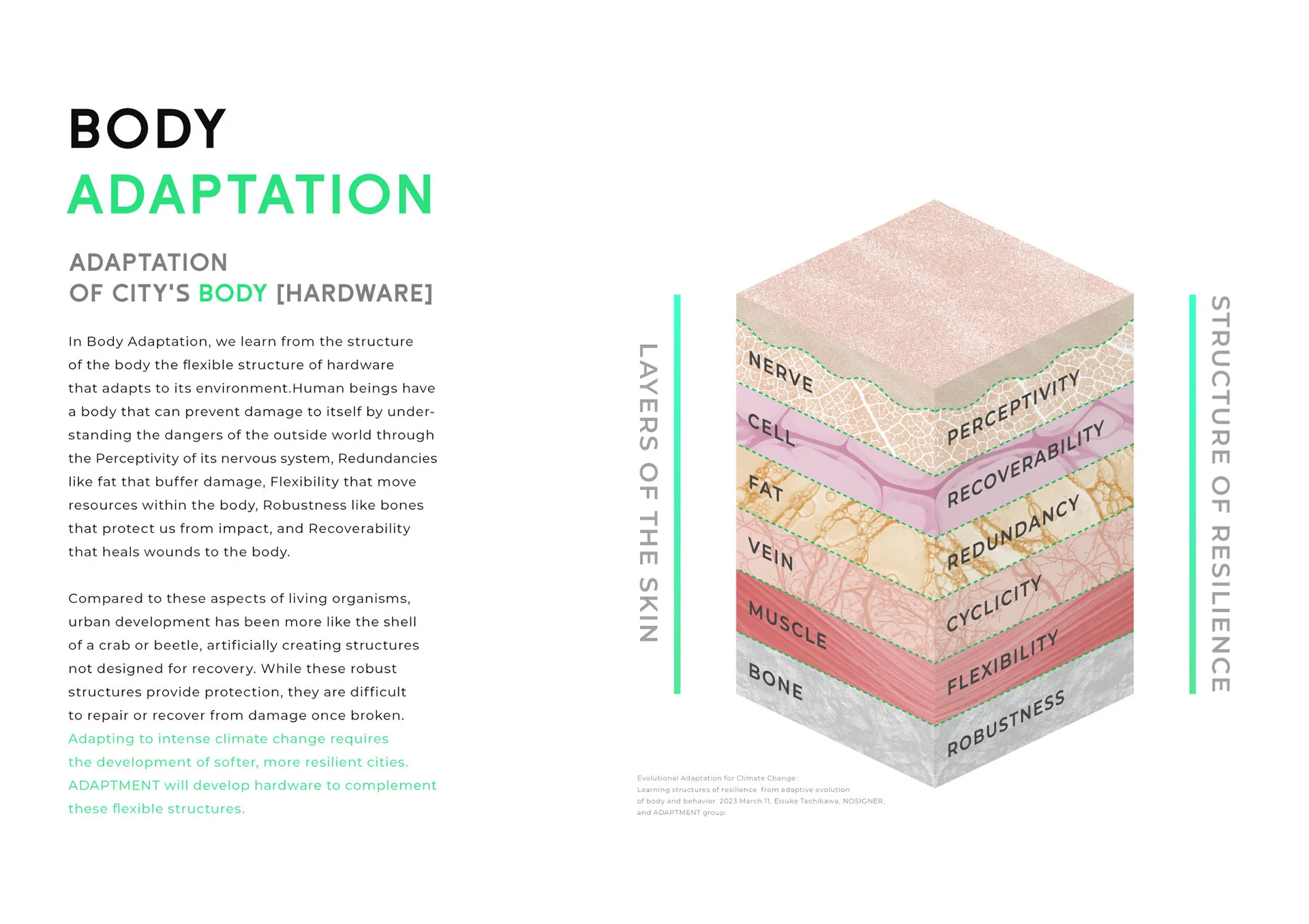
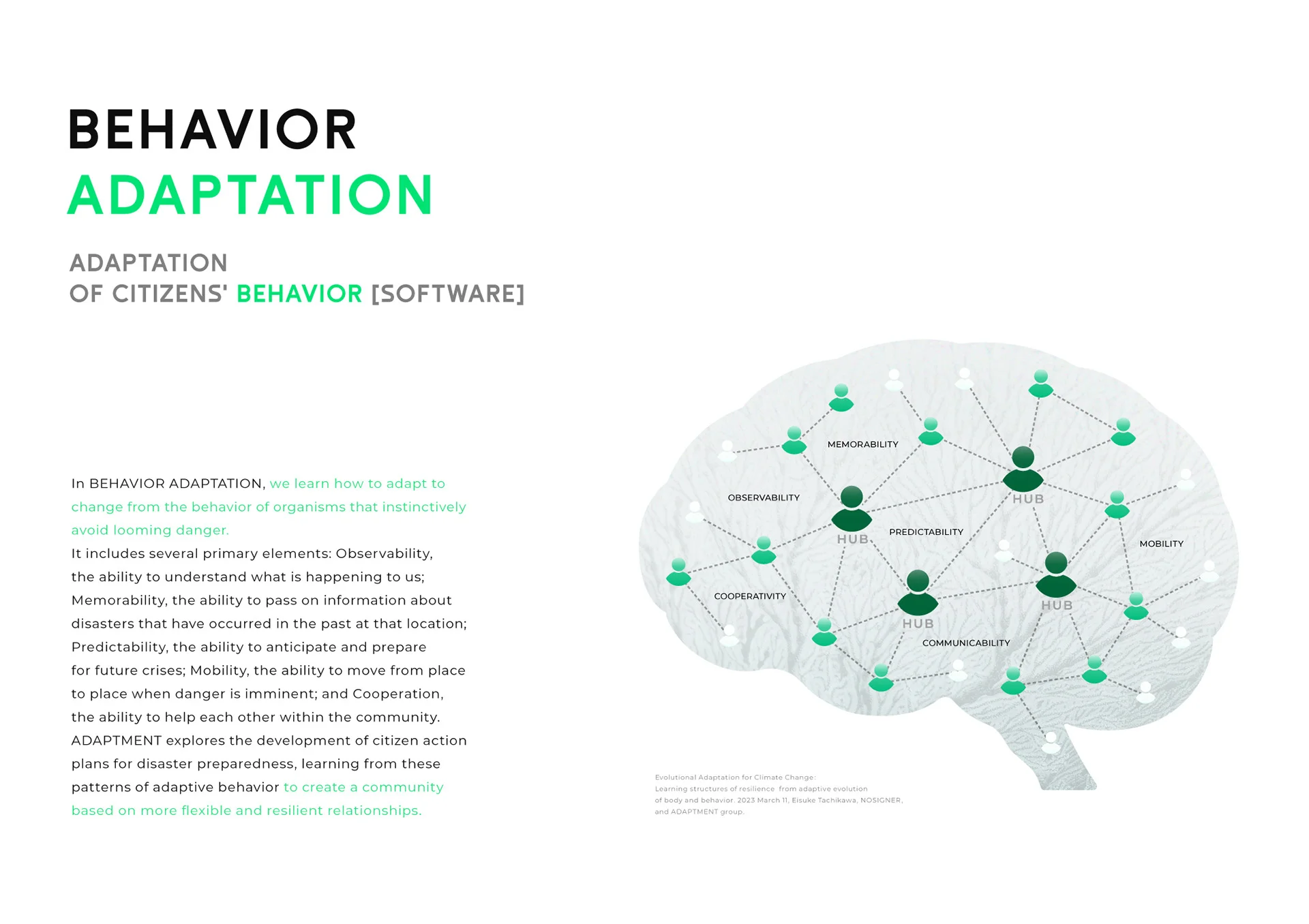
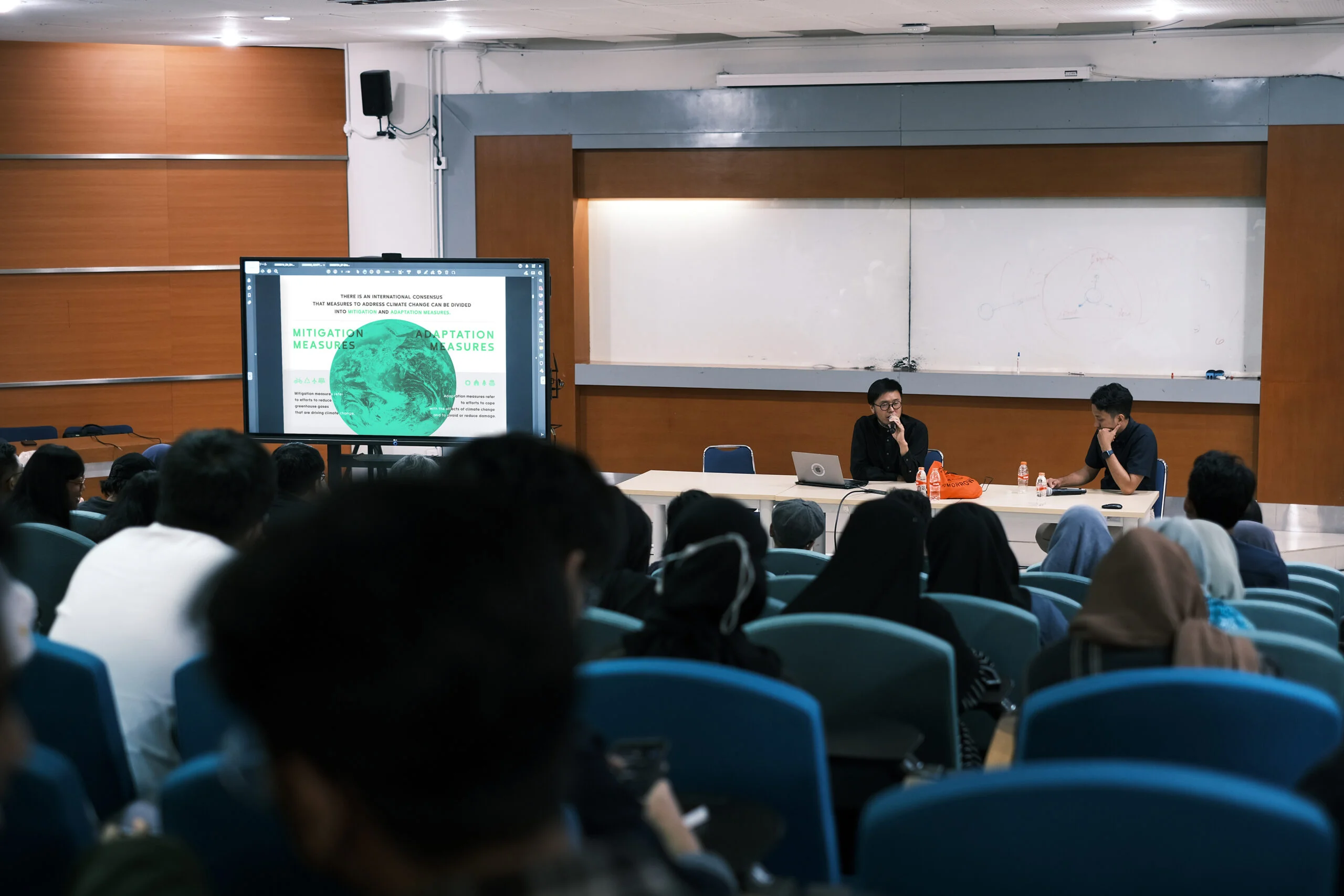
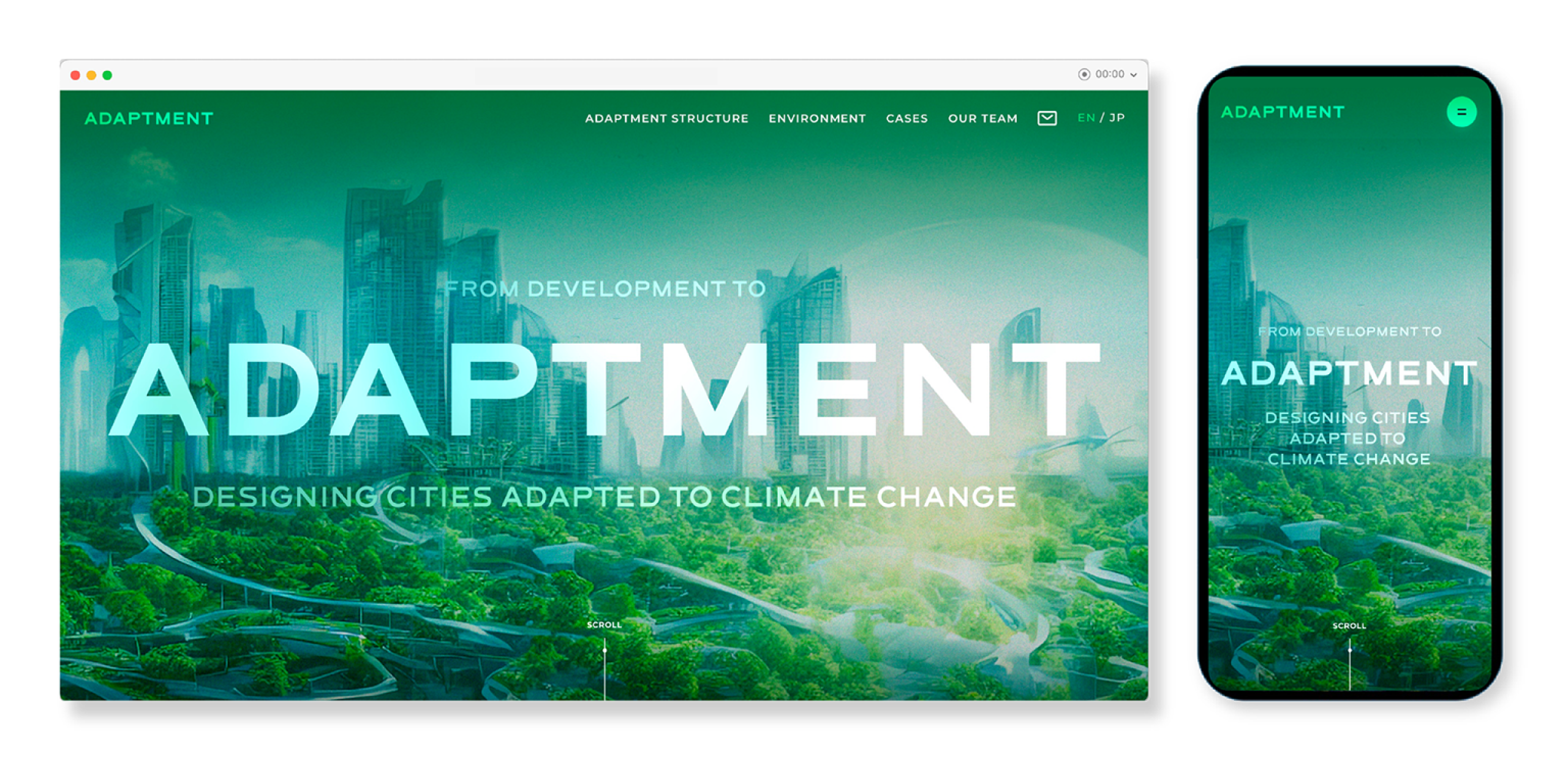
The concept of “ADAPTMENT,” learning urban climate change adaptation from the adaptive evolution of living organisms, is spreading worldwide through websites and lectures in various countries, along with specific adaptation measures being implemented mainly in Japan.
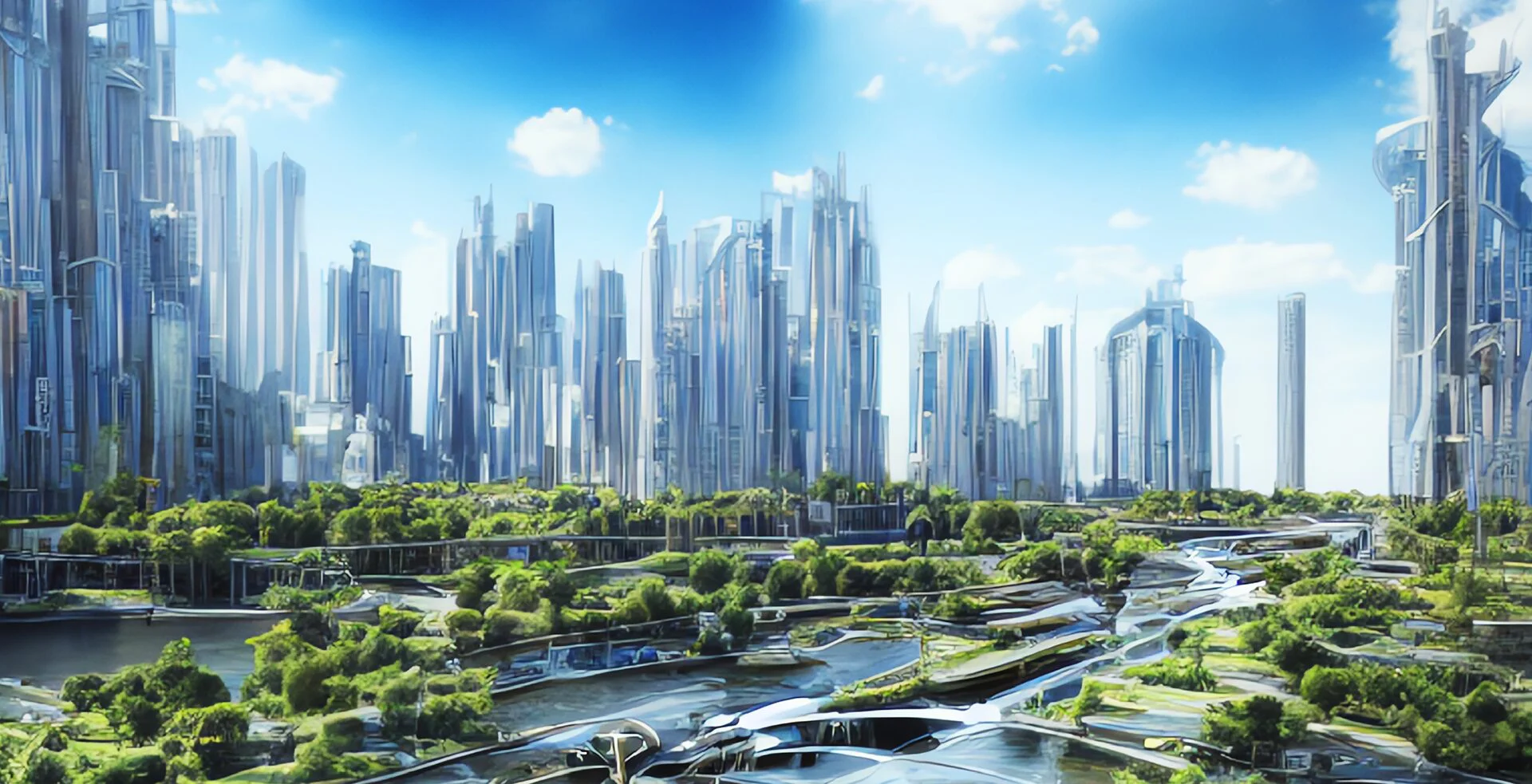
WILL
Towards urban development that can coexist with ecosystems.
The concept of ADAPTMENT is starting to gain attention in many countries as a new approach to climate change adaptation measures. At the Bandung Institute of Technology, Indonesia’s top university, a research lab called ADAPTMENT LAB is set to be established. This lab will be incorporated into the basic structure of a newly established graduate school at the university, and discussions are underway to introduce the concept into regional urban development in cities such as Labuan Bajo and Bandung.
In the Philippine city of Tacloban largest typhoon in history struck in 2013, causing approximately 10,000 deaths, and nowcollaboration with the local Eastern Visayas State University is progressing. At a disaster prevention seminar held to commemorate the 10th anniversary of the disaster, the concept of ADAPTMENT was presented, generating significant interest and consideration for its integration into the country’s urban development.
In addition, at the “Safety Design” symposium organized by the Korean Society of Spatial Design, there was an opportunity to convey the philosophy of ADAPTMENT. Eisuke Tachikawa was also selected as the society’s first honorary director from Japan. The ADAPTMENT concept has been presented at sustainability-related international conferences such as SRI, the World Design Conference Tokyo 2023, and the Asia-Pacific Social Innovation Summit in Taiwan, gradually gaining supporters.
The activities of ADAPTMENT have only just begun. Moving forward, we aim to expand this movement globally, working with experts from around the world to realize climate-adapted cities. We also seek to encourage proactive actions from those with technologies and tools for new developments that adapt to climate change.
We hope that ADAPTMENT will become a model case and source of inspiration for building a new relationship between people and nature in the era of climate change, leading to the spread of sustainable development worldwide. We will continue our efforts to achieve this vision.

INFORMATION
- What
- ADAPTMENT
- When
- 2023
- Where
- Japan
- Client
- Scope
- Branding / Logo / Naming / Web / Edition / Concept Creation
- Award
- Red Dot Award Brands & Communication Design (2023)
- DFA Design for Asia Awards Merit Award (2024)
- SDGs
CREDIT
- Art Direction
- NOSIGNER (Eisuke Tachikawa)
- Graphic Design
- NOSIGNER (Eisuke Tachikawa, Ryo Fukusawa, Noemie Kawakita, Aya Sakurai)
- Web Design
- NOSIGNER (Eisuke Tachikawa, Ryo Fukusawa, Noemie Kawakita)
- Development
- Project Founder / Concept Creation
- Eisuke Tachikawa
- Project Management
- NOSIGNER (Eisuke Tachikawa, Kosuke Matsushima, Kentaro Yasuda)
- Editor
- NOSIGNER (Eisuke Tachikawa, Yuki Harada, Miku Nomura)
- Concept Director of ADAPTMENT Round Table
- Eisuke Tachikawa (NOSIGNER, JIDA)
- Members of ADAPTMENT Round Table
- Akane Matsuo (Policy Researcher, the Adaptation and Water Unit of IGES)
Azby Brown (Main researcher, SAFECAST)
Hiroyuki Matsuda (Emeritus Professor, Yokohama National University)
Katsue Fukamachi (Associate Professor, Kyoto University Graduate School of Global Environmental Studies)
Mitsuhiro Maeda (Professor, Advanced Institute of Industrial Technology)
Mitsutaku Makino (Professor, Center for International Collaboration, Atmosphere and Ocean Research Institute, the University of Tokyo)
Nagisa Shiiba (Policy Researcher, the Adaptation and Water Unit of IGES)
Osamu Murao (Professor, International Research Institute of Disaster Science, Tohoku University)
Tadayuki Sato (Representative Director, Phase Free Association)
Tokutaro Nakai (Adviser, Nippon Steel Corporation)
Yuki Yoshida (Researcher, Center for Climate Change Adaptation, National Institute for Environmental Studies)
